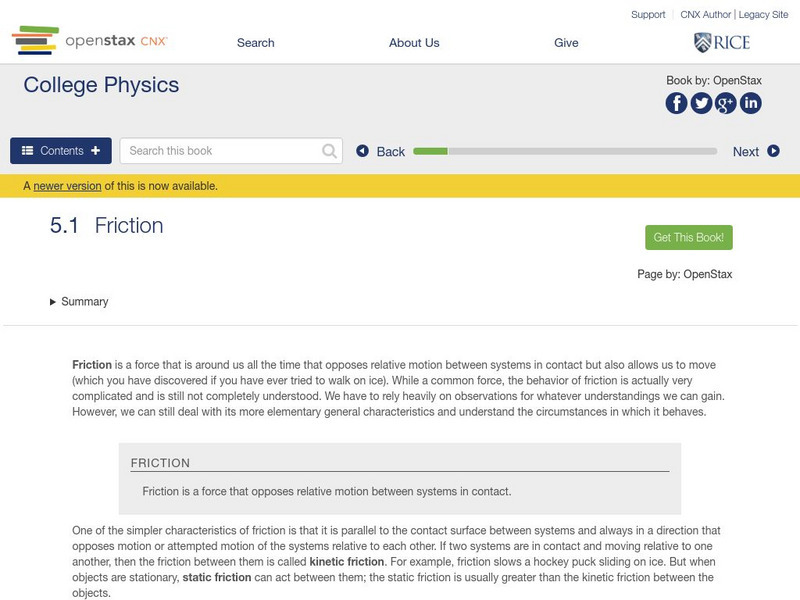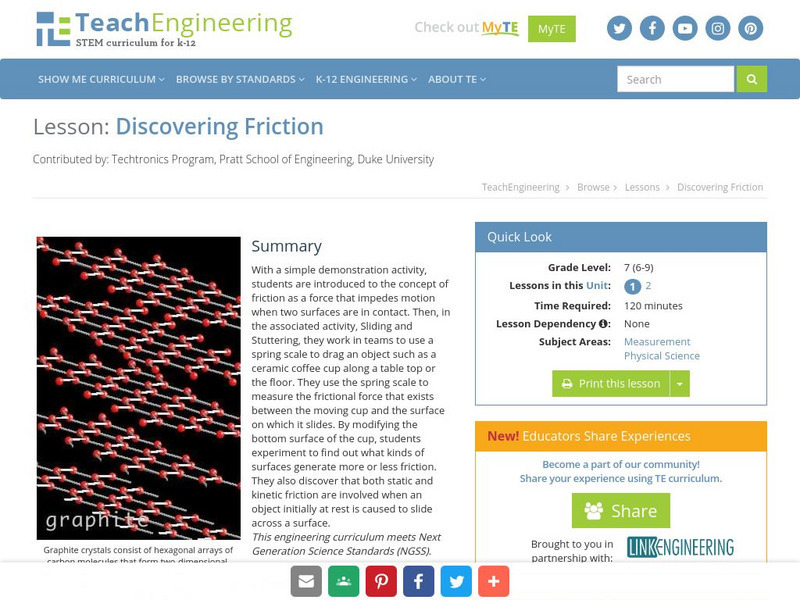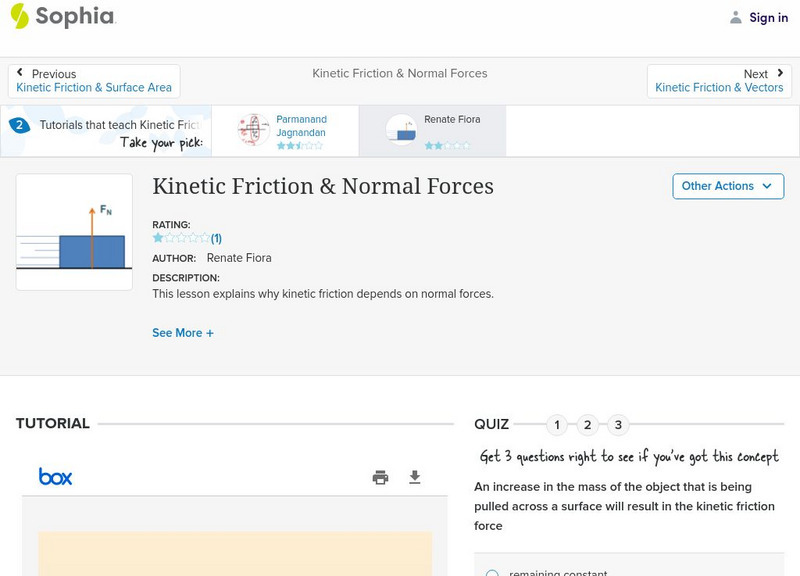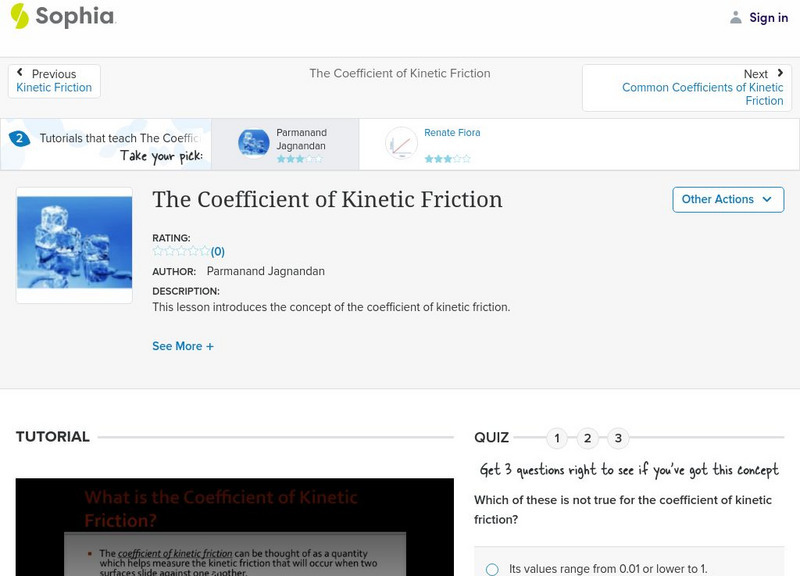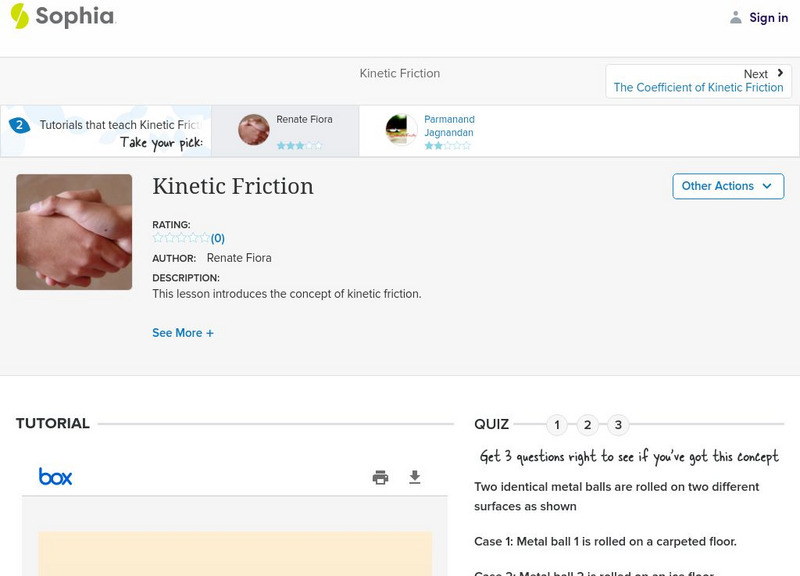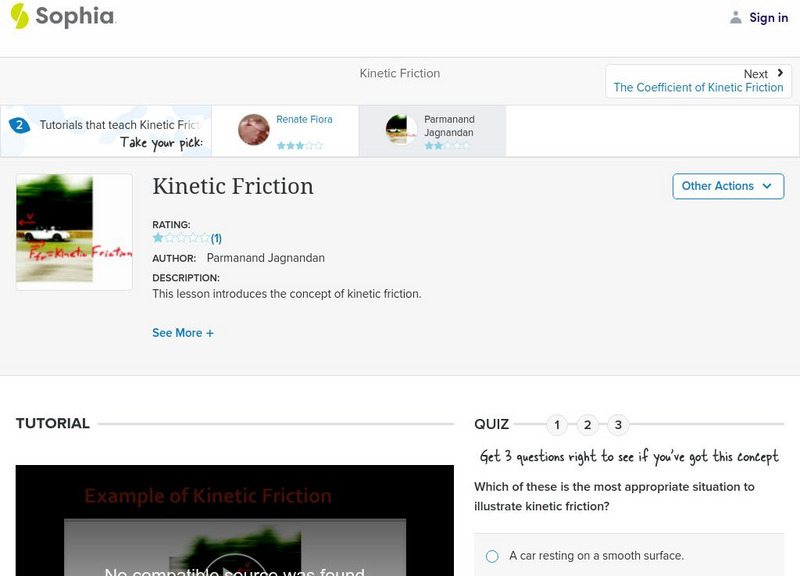Curated OER
Levers in the Body: They Are Not What You Might Think!
Students investigate lever systems in the human body and compare arm anatomy to model. In this human levers lesson students graph and analyze their results.
Curated OER
Air and Aerodynamics
In this science learning exercise, students find the words that are related to the vocabulary of air and aerodynamics. The answers are found at the bottom of the page.
Curated OER
Simple Harmonic Motion
Learners explore the theory of simple harmonic motion (SHM) by performing hands-on, practical application experiments. In this harmonic motion instructional activity, students use strings of various lengths and bobs of different weights...
Curated OER
The Ultimate Roller Coaster Contest
Students explain how conservation of energy applies to roller coasters. In this physics lesson, students construct their own coasters according to a specified criteria. They make modifications to their design when necessary.
Curated OER
Downhill Discoveries
Students are involved in hands-on activities to determine how course conditions affect bobsled, luge, and downhill ski races.
Curated OER
Simple Harmonic Motion
Students explain the theory of simple harmonic motion (SHM) by performing hands-on, practical application experiments.
Curated OER
Angles: Angles, Angles, Everywhere
Middle schoolers estimate and accurately measure the size of angles communicate with the appropriate geometric terms and symbols to describe and name angles, lines, line segments, rays
Curated OER
Simple Harmonic Motion
Learners study harmonic motion and its oscillation. In this simple harmonic motion instructional activity students demonstrate a series of regular oscillations and explain the theory behind the experiment.
University of Alaska
University of Alaska Fairbanks: Static and Kinetic Friction
Explains what static and kinetic friction are, what their coefficients of friction are in different scenarios, and how these concepts are applied when looking at automobile braking distances and vehicle control when driving.
Texas Education Agency
Texas Gateway: 5.1 Further Applications of Newton's Laws: Friction
By the end of this section, you will be able to discuss the general characteristics of friction, describe the various types of friction, and calculate the magnitudes of static and kinetic frictional forces.
New York University
New York Univ.: Tandon School of Engineering: Static and Kinetic Friction [Ppt]
Explains what static and kinetic friction are and discusses the coefficient of friction for different situations. Presents two simple lab experiments and real-life examples of friction in action.
Sophia Learning
Sophia: The Coefficient of Kinetic Friction
This slide show presentation introduces the idea of the coefficient of kinetic friction.
OpenStax
Open Stax: Friction
In the following interactive students will begin to discuss the general characteristics of friction and describe the various types of it. They will also calculate the magnitude of static and kinetic friction.
TeachEngineering
Teach Engineering: Discovering Friction
With a simple demonstration activity, students are introduced to the concept of friction as a force that impedes motion when two surfaces are in contact. Then, in the Associated Activity (Sliding and Stuttering), they work in teams to...
Science Struck
Science Struck: Static Friction vs. Kinetic Friction: The Differences
Teaches what friction force is, the difference between static and kinetic friction, and how friction force is calculated.
Sophia Learning
Sophia: Kinetic Friction & Normal Forces
This slide show presentation helps the learner understand how normal force affects the amount of friction.
TeachEngineering
Teach Engineering: The Force of Friction
In the first of two lessons of this curricular unit, students are introduced to the concept of friction as a force that impedes motion when two surfaces are in contact. Student teams use spring scales to drag objects, such as a ceramic...
Sophia Learning
Sophia: The Coefficient of Kinetic Friction: Lesson 1
This lesson introduces the concept of the coefficient of kinetic friction. It is 1 of 2 in the series titled "The Coefficient of Kinetic Friction."
Sophia Learning
Sophia: Kinetic Friction: Lesson 2
This lesson introduces the concept of kinetic friction. It is 2 of 2 in the series titled "Kinetic Friction."
Sophia Learning
Sophia: Kinetic Friction: Lesson 1
This lesson introduces the concept of kinetic friction. It is 1 of 2 in the series titled "Kinetic Friction."
Sophia Learning
Sophia: Kinetic Friction & Speed: Lesson 2
This lesson explains why kinetic friction does not depend on how quickly an object is sliding across a surface. It is 2 of 2 in the series titled "Kinetic Friction & Speed."
Sophia Learning
Sophia: Kinetic Friction & Speed: Lesson 1
This lesson explains why kinetic friction does not depend on how quickly an object is sliding across a surface. It is 1 of 2 in the series titled "Kinetic Friction & Speed."
Sophia Learning
Sophia: Kinetic Friction & Surface Area: Lesson 2
This lesson explains why kinetic friction does not depend on the contact surface area between an object and the surface that object is sliding across. It is 2 of 2 in the series titled "Kinetic Friction & Surface Area."
Sophia Learning
Sophia: Kinetic Friction & Vectors: Lesson 2
This lesson explains why kinetic friction is not represented using a vector equation. It is 2 of 2 in the series titled "Kinetic Friction & Vectors."









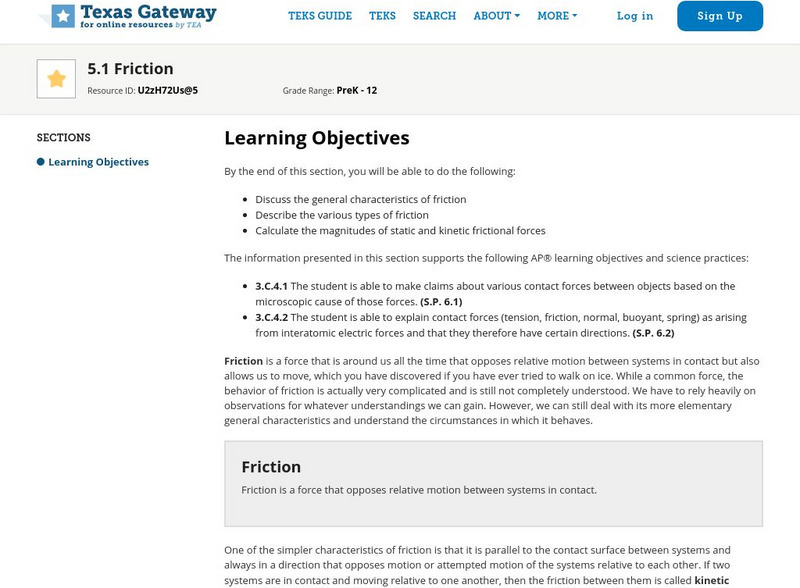
![New York Univ.: Tandon School of Engineering: Static and Kinetic Friction [Ppt] PPT New York Univ.: Tandon School of Engineering: Static and Kinetic Friction [Ppt] PPT](https://static.lp.lexp.cloud/images/attachment_defaults/resource/large/FPO-knovation.png)

